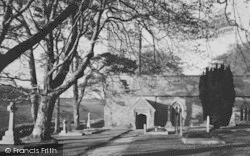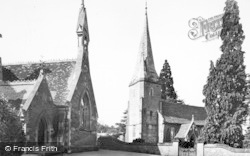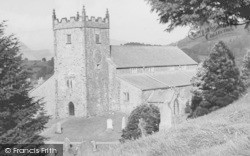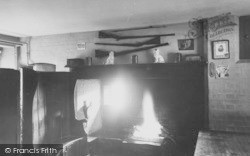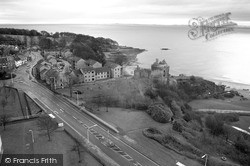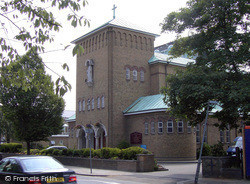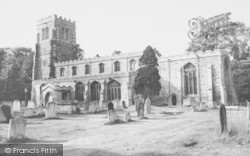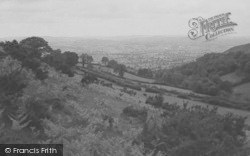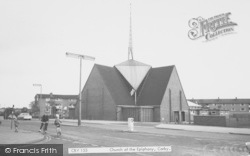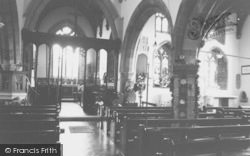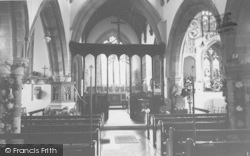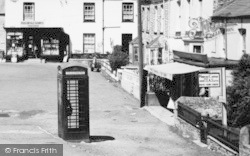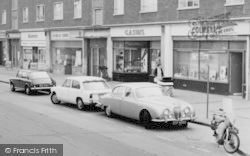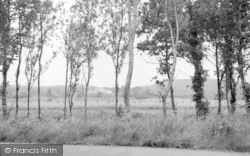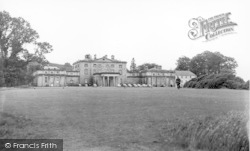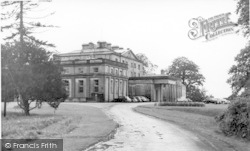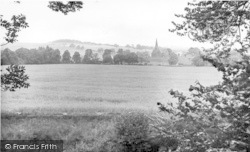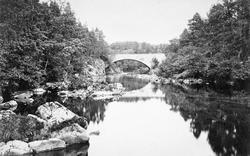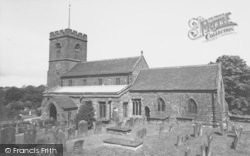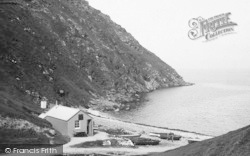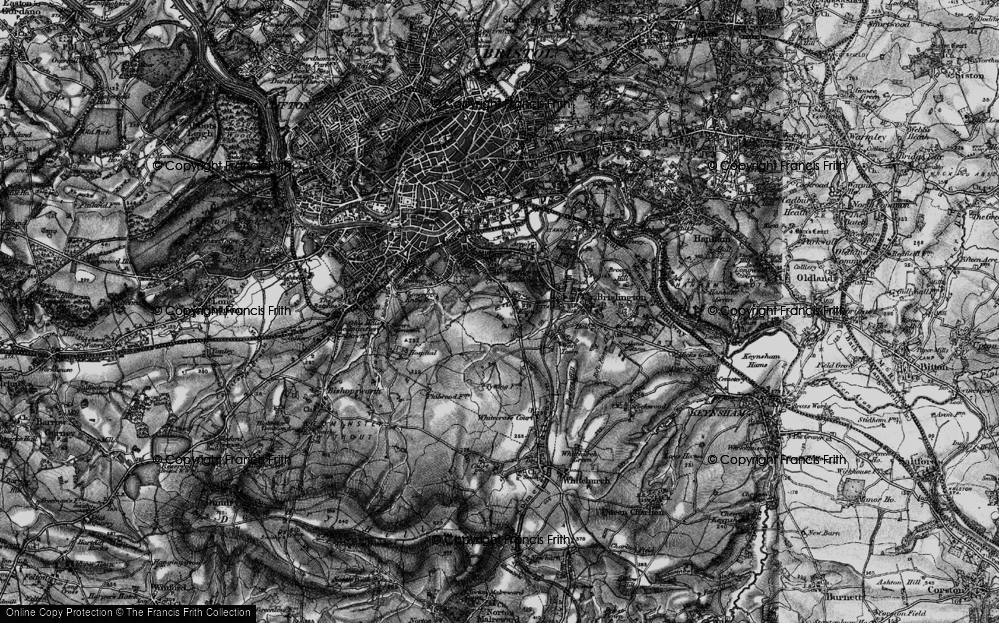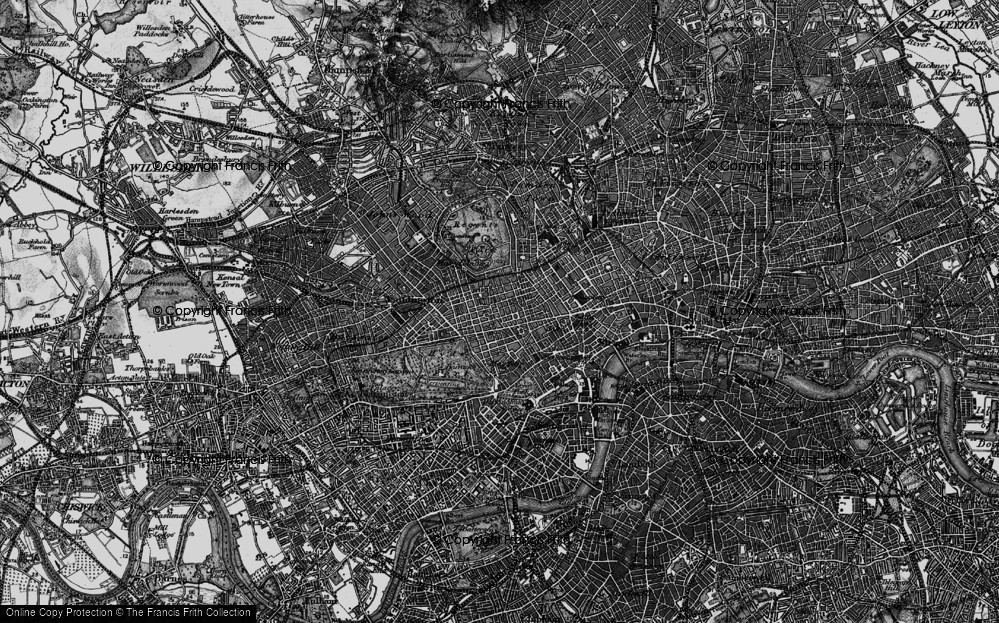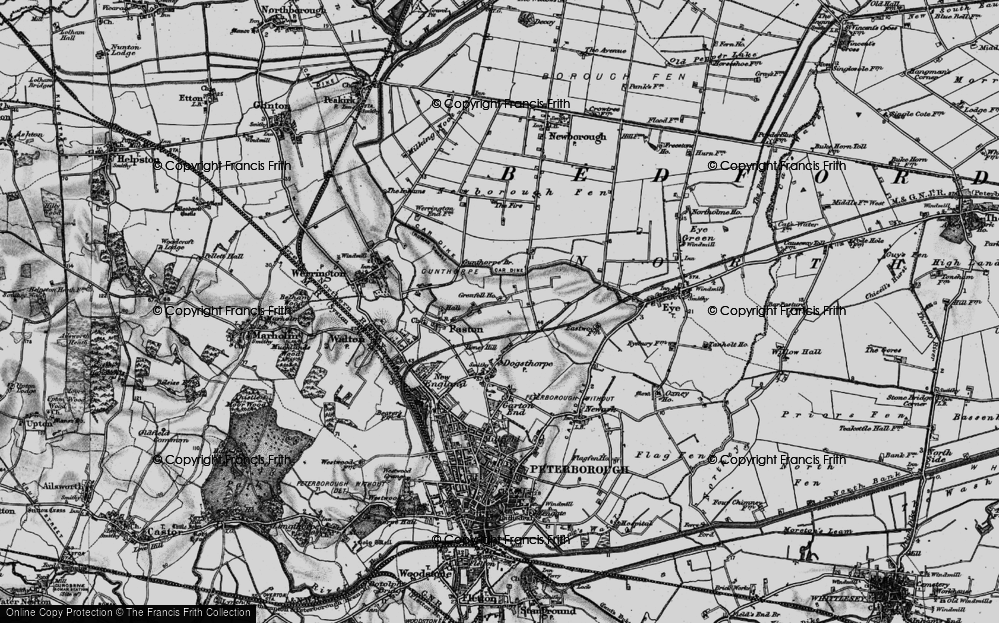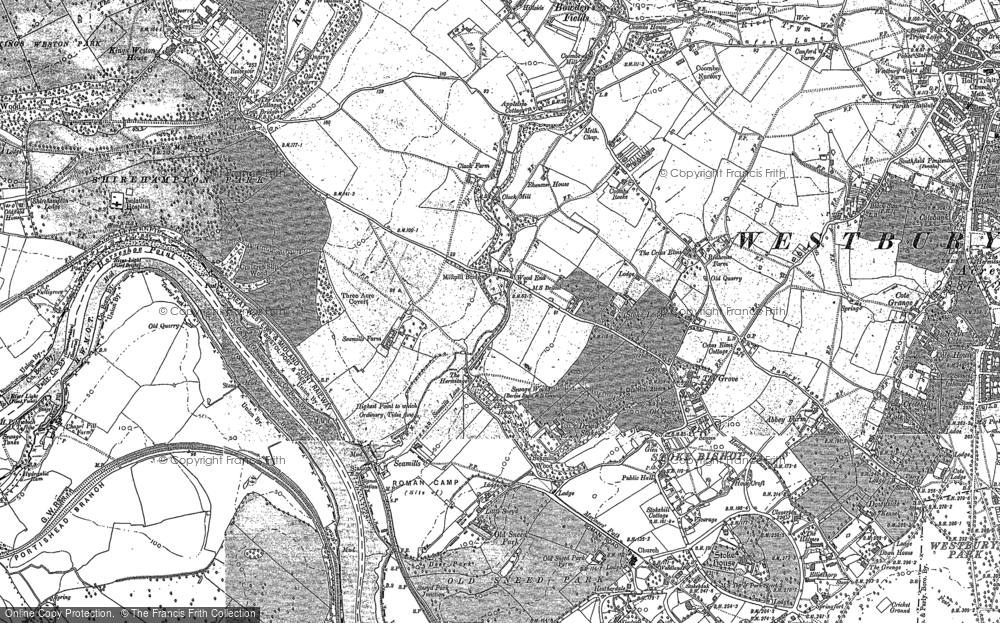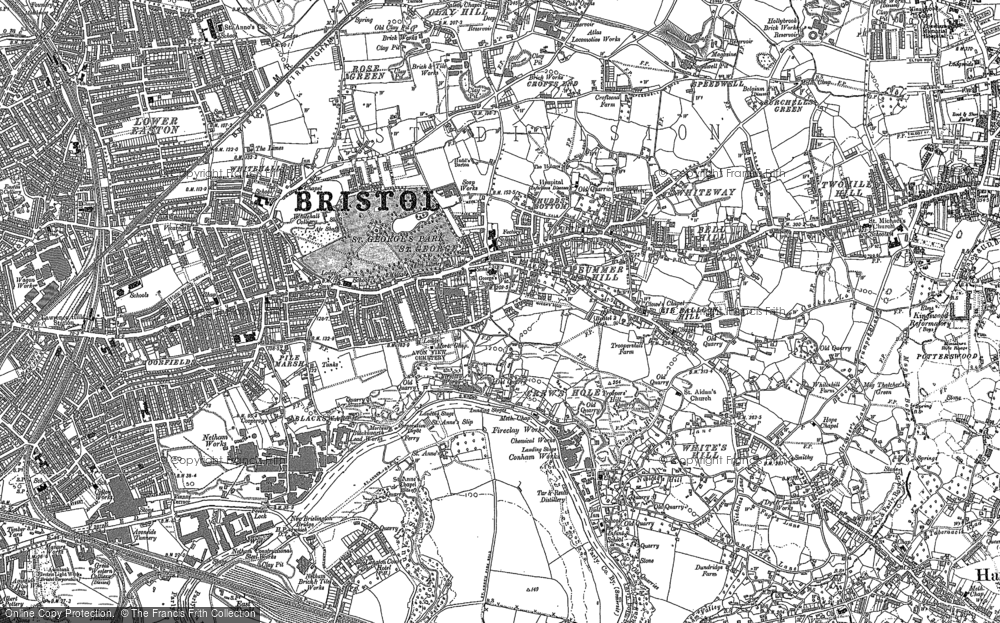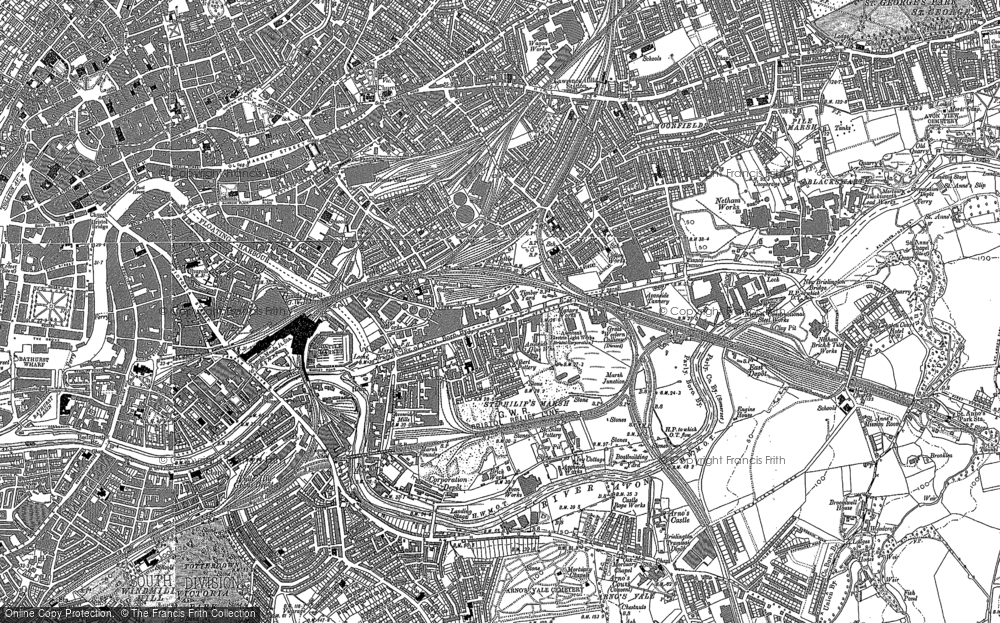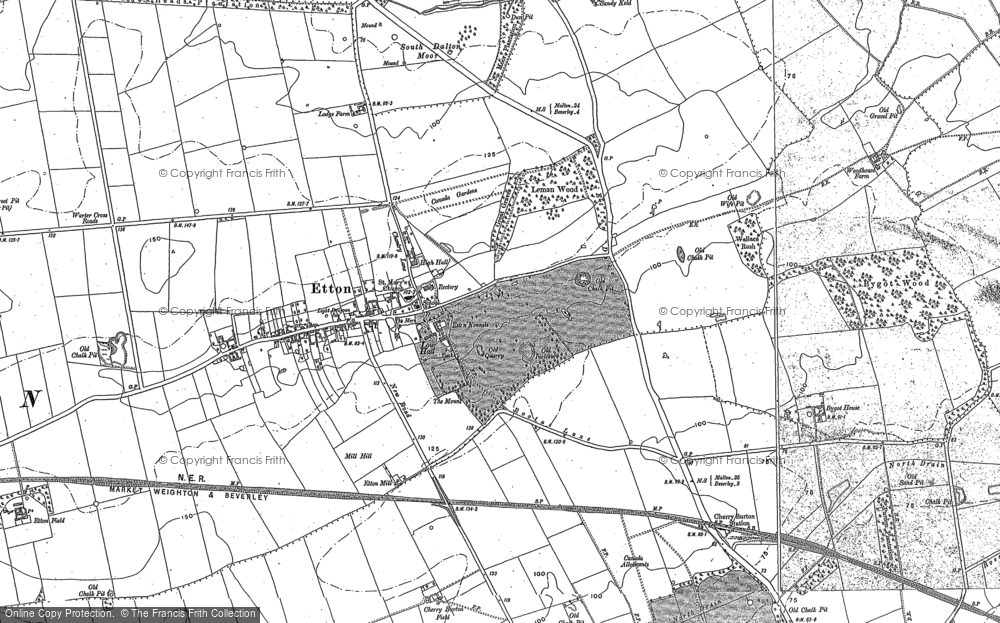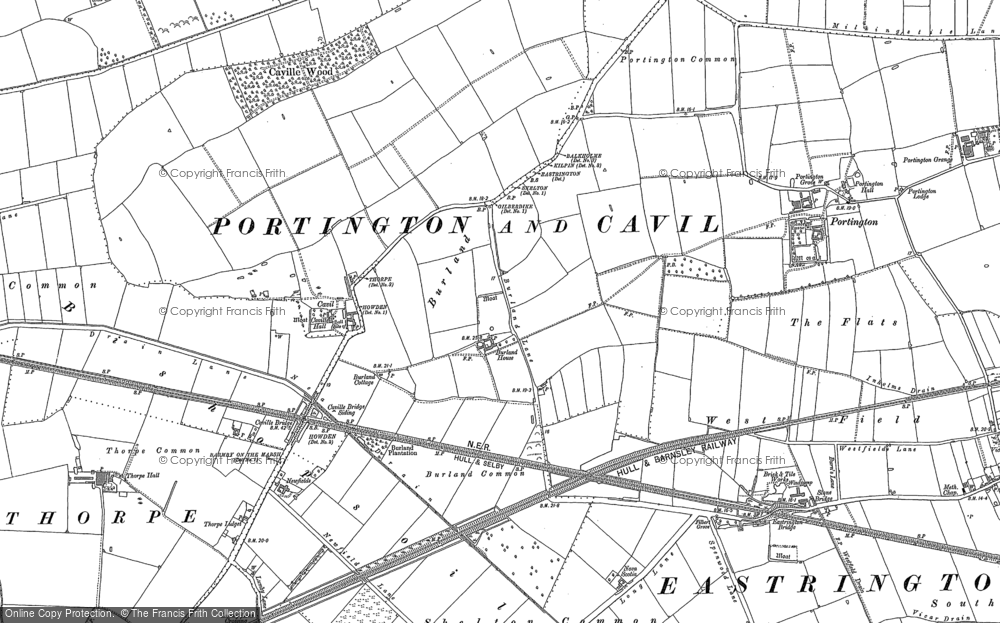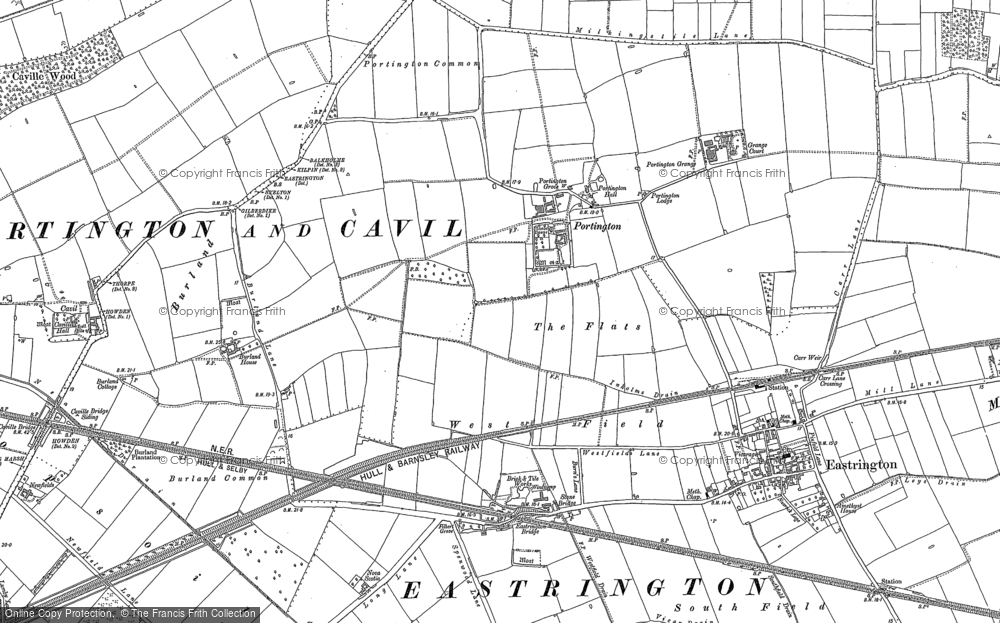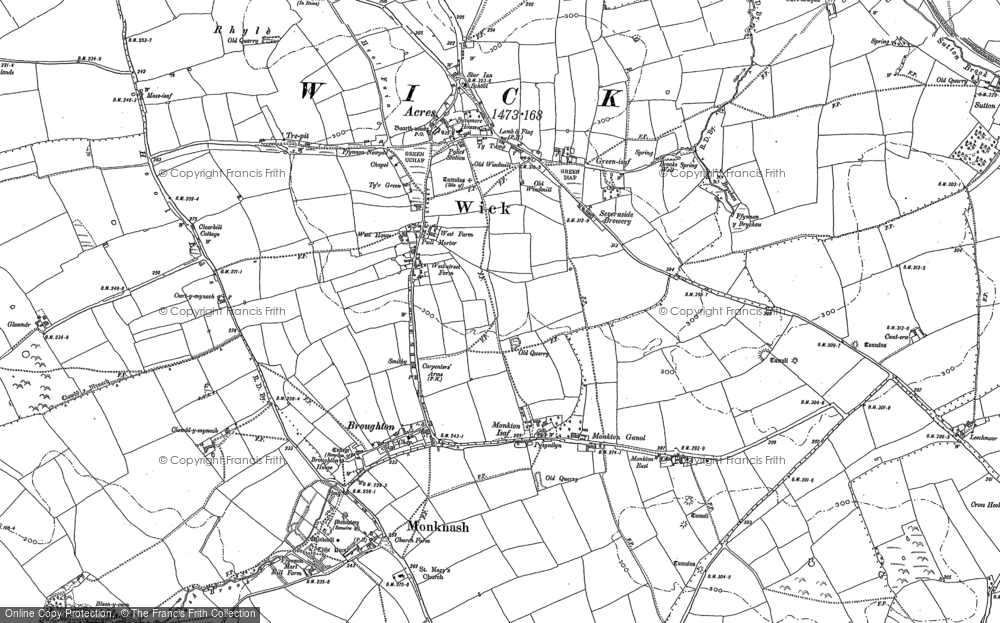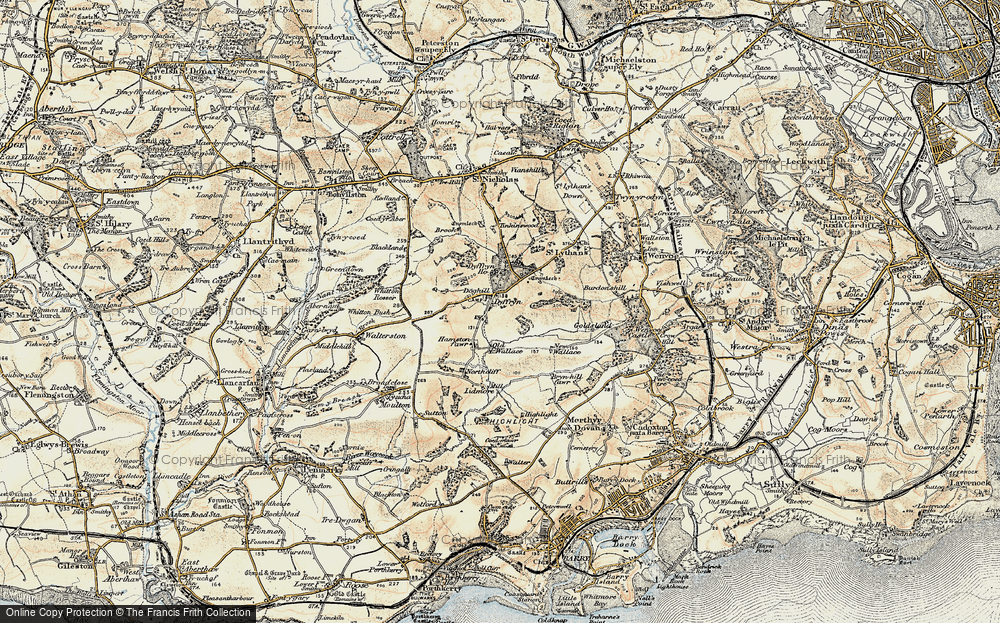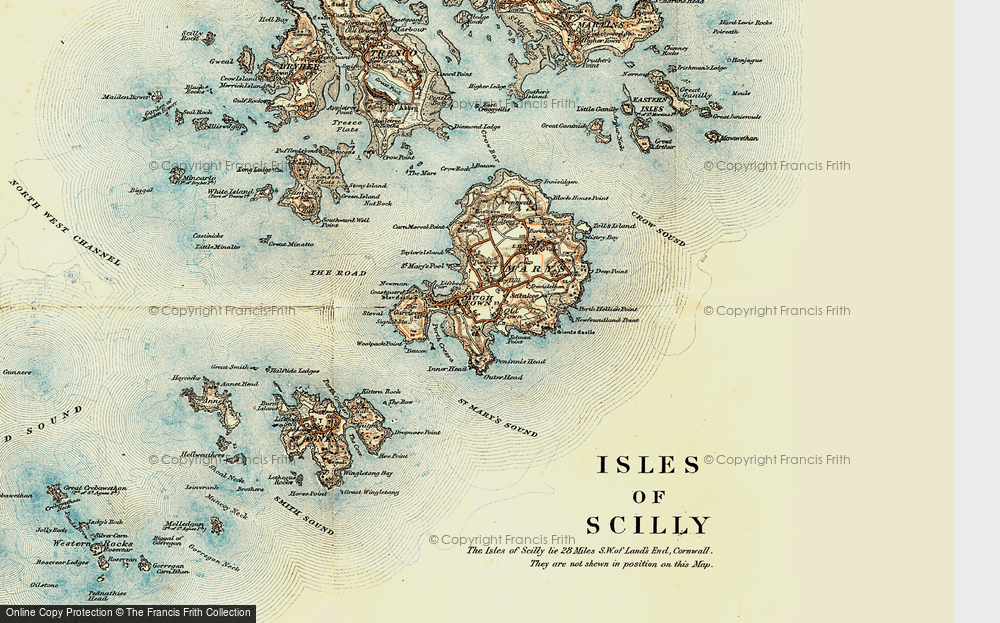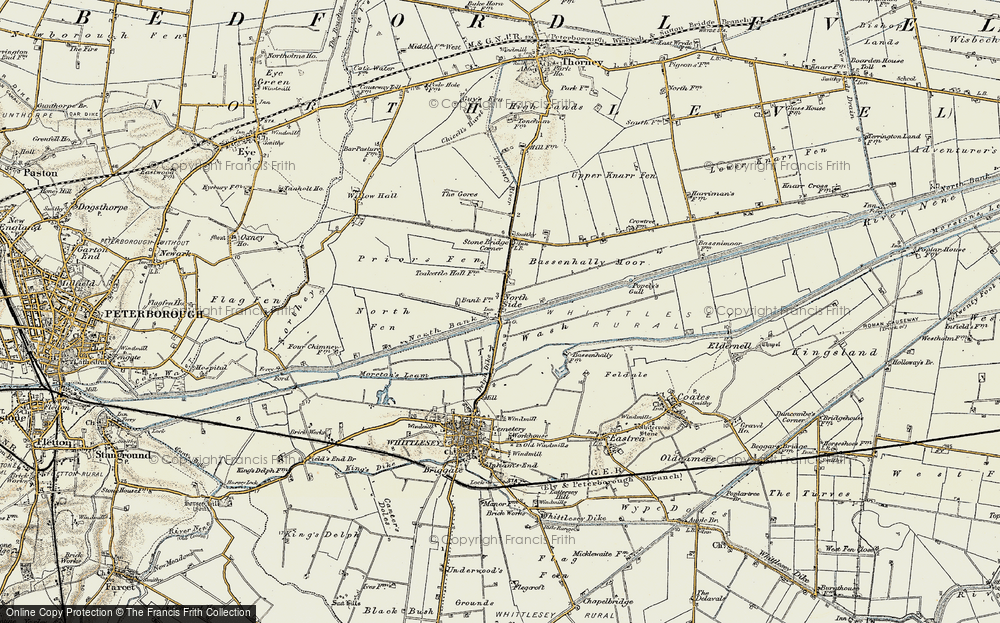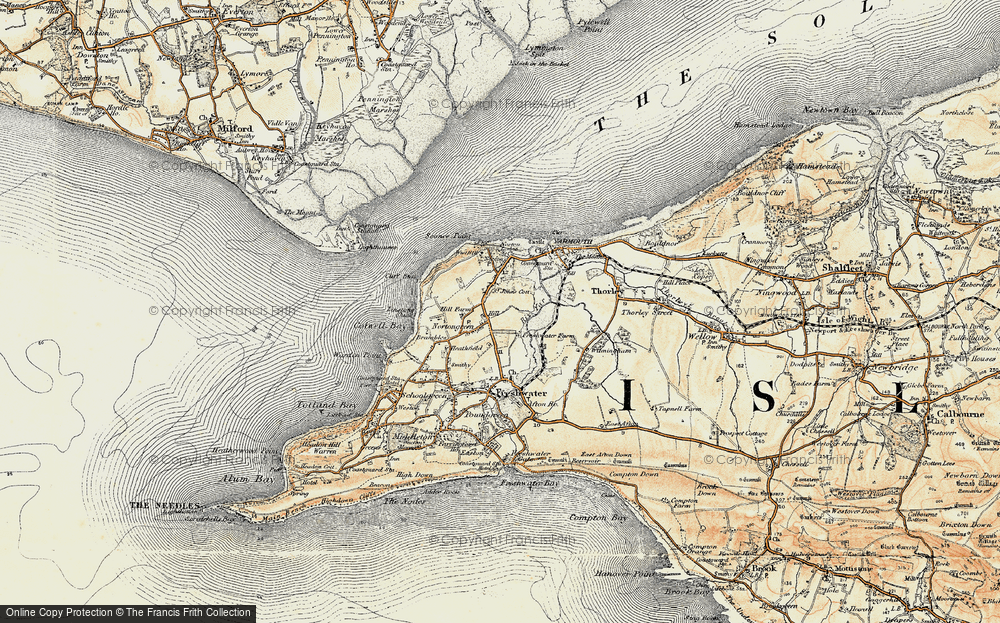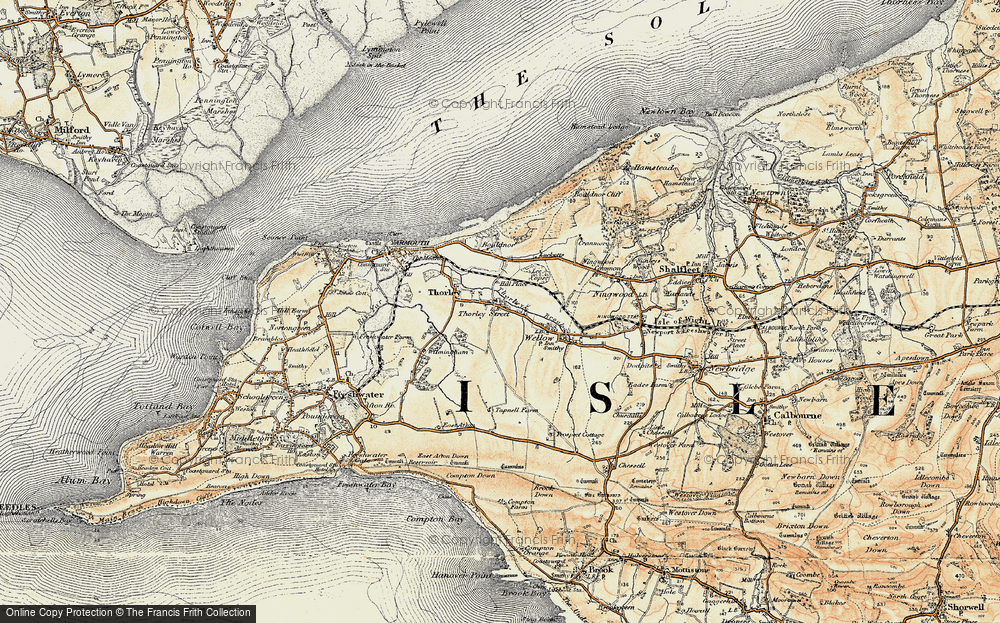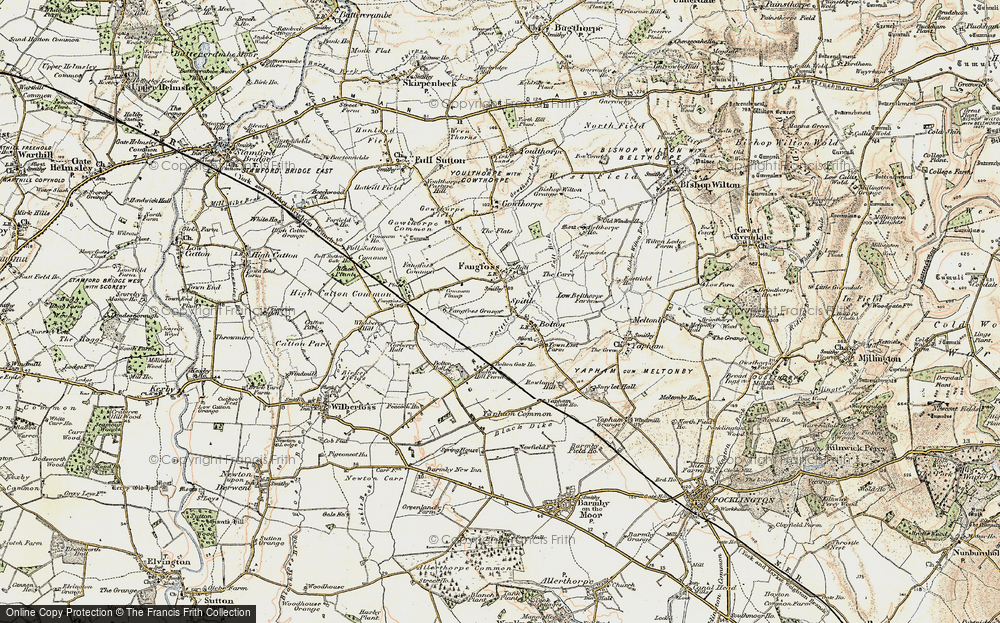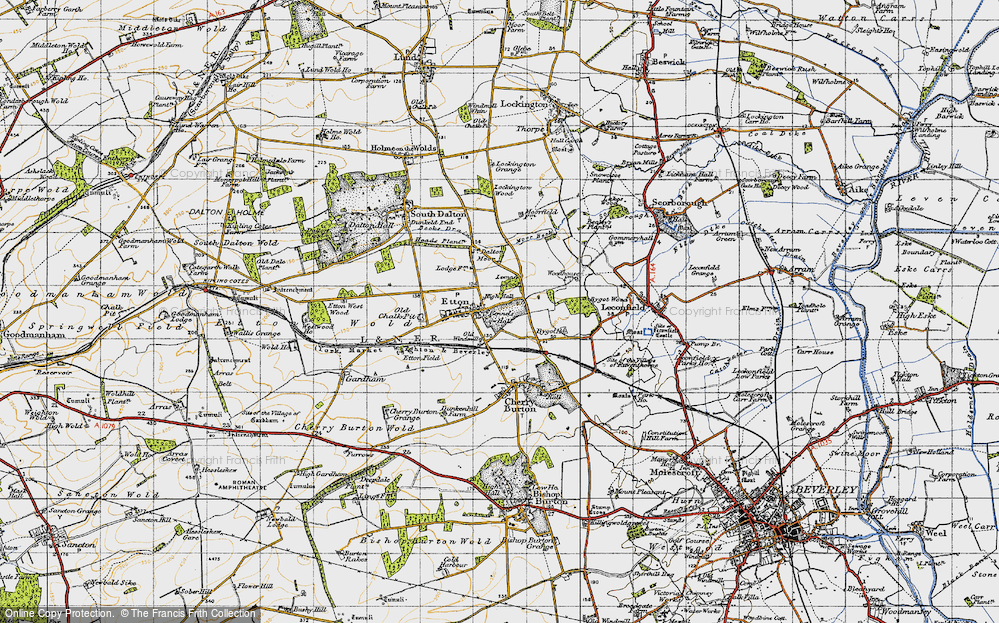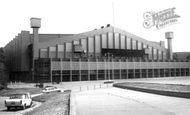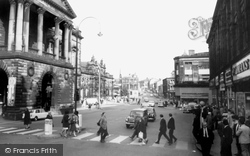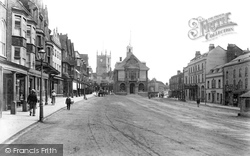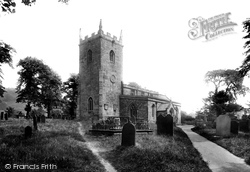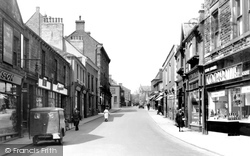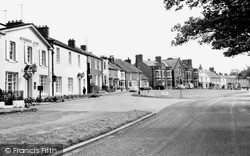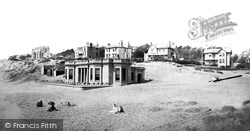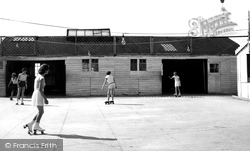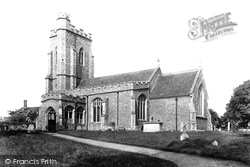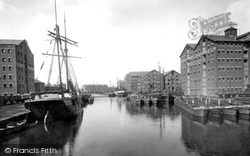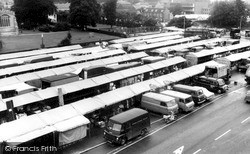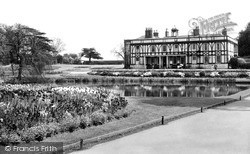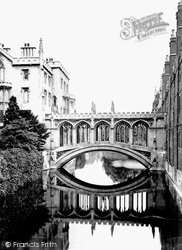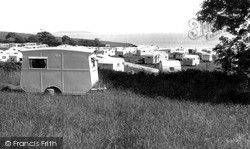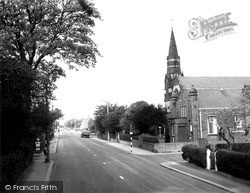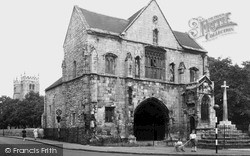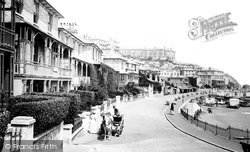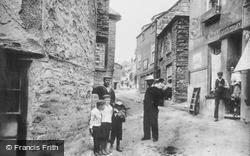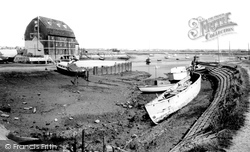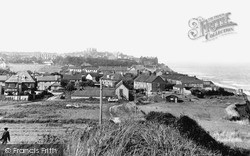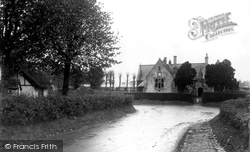Merry Christmas & Happy New Year!
Christmas Deliveries: If you placed an order on or before midday on Friday 19th December for Christmas delivery it was despatched before the Royal Mail or Parcel Force deadline and therefore should be received in time for Christmas. Orders placed after midday on Friday 19th December will be delivered in the New Year.
Please Note: Our offices and factory are now closed until Monday 5th January when we will be pleased to deal with any queries that have arisen during the holiday period.
During the holiday our Gift Cards may still be ordered for any last minute orders and will be sent automatically by email direct to your recipient - see here: Gift Cards
Places
36 places found.
Those places high-lighted have photos. All locations may have maps, books and memories.
- Shanklin, Isle of Wight
- Ventnor, Isle of Wight
- Ryde, Isle of Wight
- Cowes, Isle of Wight
- Sandown, Isle of Wight
- Port of Ness, Western Isles
- London, Greater London
- Cambridge, Cambridgeshire
- Dublin, Republic of Ireland
- Killarney, Republic of Ireland
- Douglas, Isle of Man
- Plymouth, Devon
- Newport, Isle of Wight
- Southwold, Suffolk
- Bristol, Avon
- Lowestoft, Suffolk
- Cromer, Norfolk
- Edinburgh, Lothian
- Maldon, Essex
- Clacton-On-Sea, Essex
- Felixstowe, Suffolk
- Norwich, Norfolk
- Hitchin, Hertfordshire
- Stevenage, Hertfordshire
- Colchester, Essex
- Nottingham, Nottinghamshire
- Bedford, Bedfordshire
- Bury St Edmunds, Suffolk
- Aldeburgh, Suffolk
- St Albans, Hertfordshire
- Hunstanton, Norfolk
- Chelmsford, Essex
- Bishop's Stortford, Hertfordshire
- Peterborough, Cambridgeshire
- Brentwood, Essex
- Glengarriff, Republic of Ireland
Photos
9,107 photos found. Showing results 941 to 960.
Maps
181,006 maps found.
Books
11 books found. Showing results 1,129 to 11.
Memories
29,072 memories found. Showing results 471 to 480.
Ice Hockey And Olympic Swimming
During WW2 I went to this venue to watch ice hockey. The teams playing were mainly, if not entirely, teams of Canadian servicemen from various UK stations. The team whose name I remember the best was from Down ...Read more
A memory of Wembley in 1940 by
Play
I know records will prove me wrong, but summer seemed to start around the beginning of May and last until getting on to Bonfire night. We walked to Witton-le-Wear night after night to swim then walked home or, if we were lucky, got a ...Read more
A memory of Howden-le-Wear by
Shops
Bryant's Post Office with Mrs Robson, a Queen Motherish figure always dressed in a black two piece, dishing out pensions, stamps and postal orders from the aloof position behind her cage. Duggie Bain's cobblers, the warm oily smell, ...Read more
A memory of Howden-le-Wear by
My Family From Uley A Long Time Ago
I visited Uley last year because I am finding out about my family history and I found out that my Gt Gt Grandmother was born in Uley in the year 1833 so it is a long time ago. Her name was Hannah Heath and she ...Read more
A memory of Uley in 1860 by
Mothers Memory
My mother is now 86 years old and her short term memory is failing fast. She can remember things from her childhood more easily. She was born in Silver Street, Milverton in 1921, the daughter of Percy Frank Moore and Hilda Winter. ...Read more
A memory of Milverton in 1920 by
Memories
I was born in East Harlsey in 1946 and was educated in the village school which of course is now a private house, or is it two. I remember there being two classrooms and, if my memory is correct, the teacher was a Mrs Lyle?? I seem ...Read more
A memory of East Harlsey in 1946 by
Looking At The Tyne As In Tyne Valley C1955 Ref P265001
This image of Prudhoe and the Tyne Valley is very interesting because the Northern or Ovingham side has not changed greatly. Field boundaries etc are as I look at. But the southern side where ...Read more
A memory of Prudhoe by
Too Short A Stay!
I lived in Kirby Hill for one year from 1965 to 66, I was a 13 year old boy. I absolutely loved my time there and have many happy memories. My Mother and Father bought the Shoulder of Mutton in 1965 taking ...Read more
A memory of Kirby Hill in 1965 by
Christmas
I remember Clapham High Street well. My mum worked in Lyons Tea Shop that stood next to the bank. It turned into the butcher shop. I remember meeting my mum, she would have all left over cakes. We thought it was great - all the sticky buns and gingerbread men. It was memories of my childhood.
A memory of Clapham in 1965 by
Question Actually
Did Ledsham actually have a station? I've seen photos of what is titled Ledsham Station, but I've also seen a photo titled, 'Little Sutton, c. 1906' with a lovely sign above the building in the photo saying '1909', which has ...Read more
A memory of Little Sutton by
Your search returned a large number of results. Please try to refine your search further.
Captions
29,158 captions found. Showing results 1,129 to 1,152.
An elegant lamp standard adorns the zebra crossing in front of the Town Hall, and hanging baskets brighten the stonework.
Dominant in this photograph of the east end of the High Street is the Town Hall, which at the date of this photograph had just been rebuilt by local architect C E Ponting.
Eyam`s parish church of St Lawrence has many memories of the tragic visitation of the plague in 1665-6.
Horbury, three miles south-west of Wakefield, was once one of the busiest railway junctions in the country; hence, perhaps, the absence of any form of traffic in the High Street in this photograph.
Before the arrival of the railway, Middleton One Row was aptly named; it consisted of just one row of Georgian cottages.
Cliff lifts became a popular solution to the problems of beach access in the later years of the Victorian period, and were used at a number of seaside resorts.
The whitewashed façade of the Rose and Crown Hotel is a landmark on the main road through Wensleydale in the village of Bainbridge, once the 'capital' of Upper Wensleydale, which was known in the 12th
One of the fads of entertainment which has come in and out of vogue since Victorian times has been roller skating.
This stands close to the site of Assington Hall, which burnt down in 1957. Parts of the outbuildings survived, including the range to the left of the church.
A short stroll from the toll bridge brings you to the little church of St Mary's.
The 1920s were to bring about something of a mini-boom in the amount of traffic using Gloucester, for it was then that a number of companies, including National Benzole, opened oil terminals at the docks
The jam-packed stalls of Hitchin market reflect the higgledy-piggledy dwellings that it replaced.
The tulips bloom in beautiful profusion, and the house is reflected in the almost glassy stillness of the pond.
Joining the two courts of St John's College on either side of the River Cam is the Bridge of Sighs. It borrows the idea of the covered bridge from one of the same name in Venice.
Holidaymakers at this time could be forgiven for thinking that there was something of an army camp about the site!
The De Brus Cenotaph is the most significant surviving relic of the town's priory.
Part of the old Ramper Road, this end of Victoria Road passes the Congregational church where Mr W Gornall was a great supporter.
Of the priory buildings, only the mid 14th- century gatehouse survives, with the medieval market cross in front.
Following the death of Ambrose Dudley in 1589, Warwick Castle was once again in the hands of the Crown.
A sheltered location and mild climate have brought generations of holidaymakers to Ventnor. The town lies at the foot of an eight hundred feet hill with gradients in some streets of 1 in 4.
Another important source of income for the locals was smuggling.
Fawley stands on the western bank of Southampton Water, just where it flows out into the Solent.
One of the attractions of this coast was the health-giving quality of the sea air. There were two sanitoria in Mundesley, one of which advertised revolving shelters for TB patients.
The Church of England Primary School, founded by Thomas Benet of Salthrop in 1743, has been part of village life for over 250 years.
Places (6814)
Photos (9107)
Memories (29072)
Books (11)
Maps (181006)


